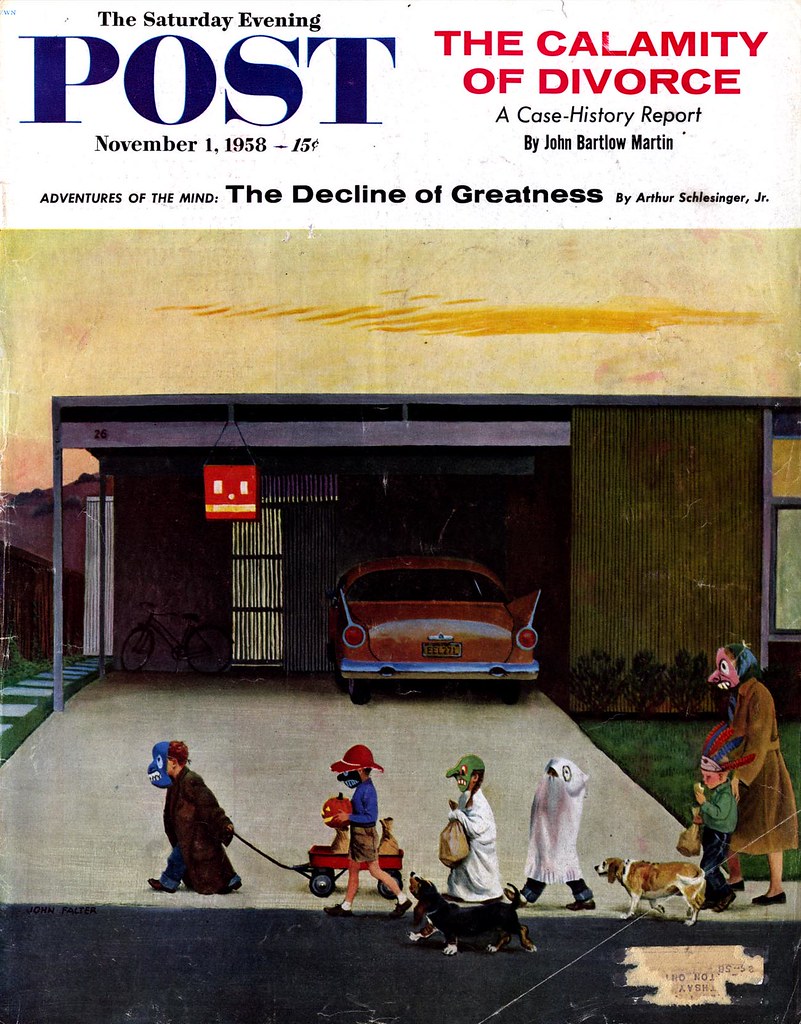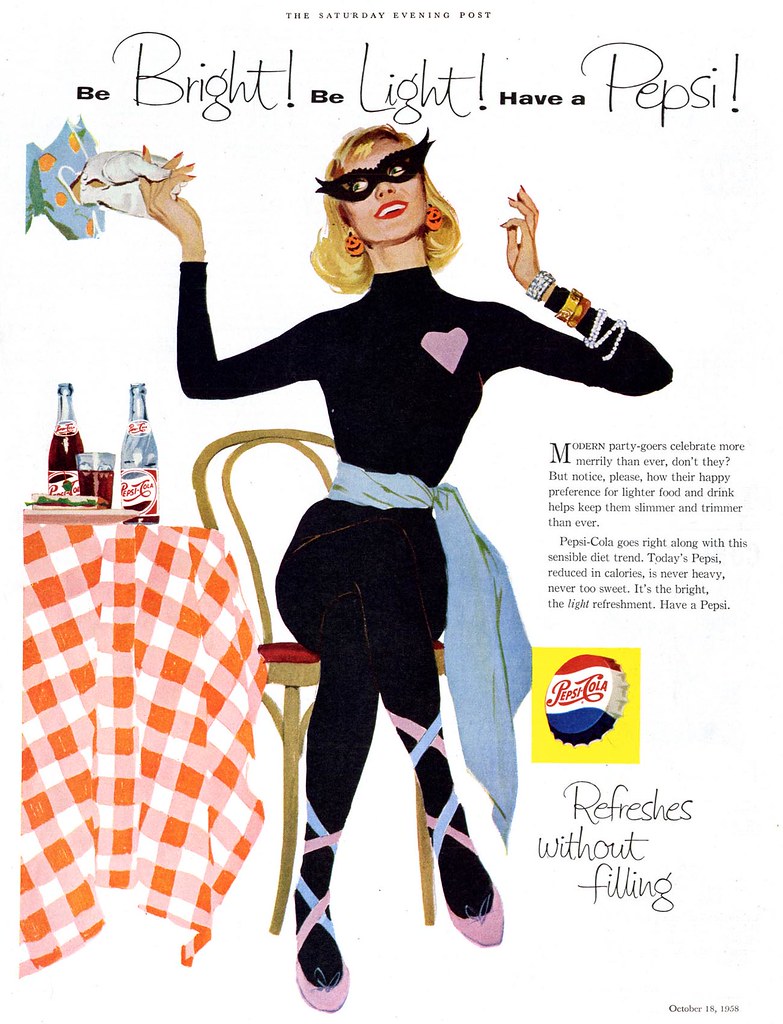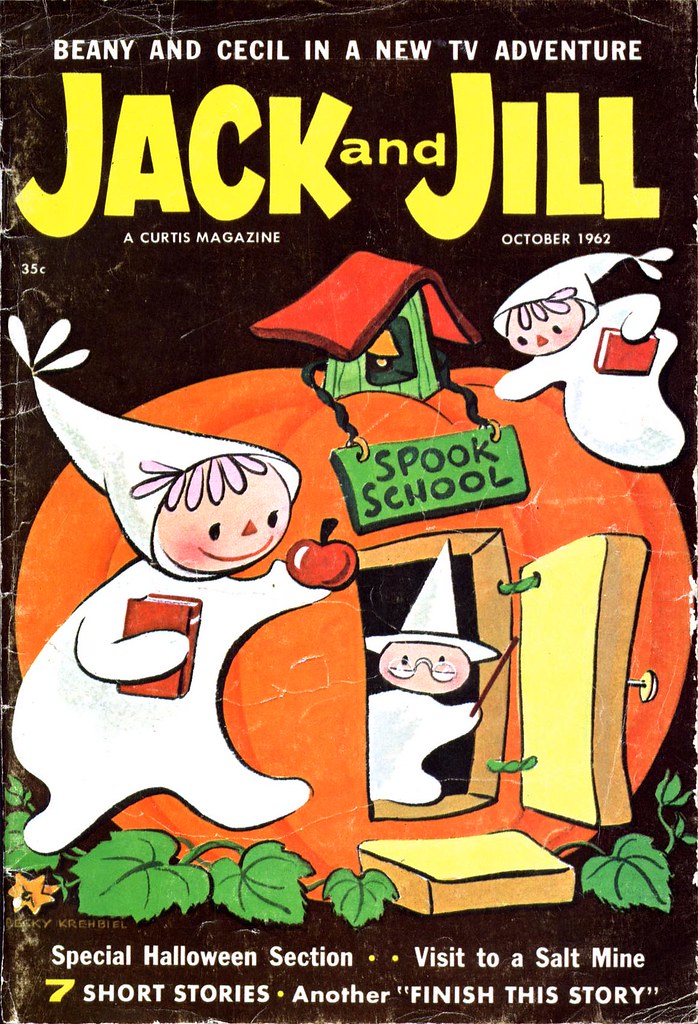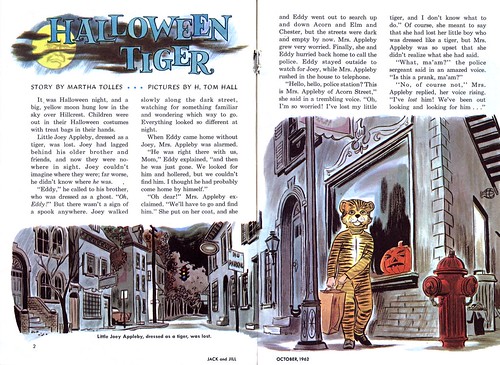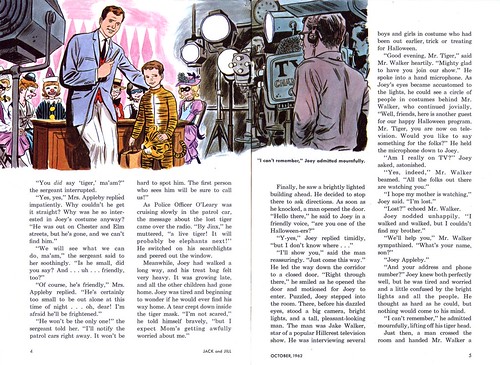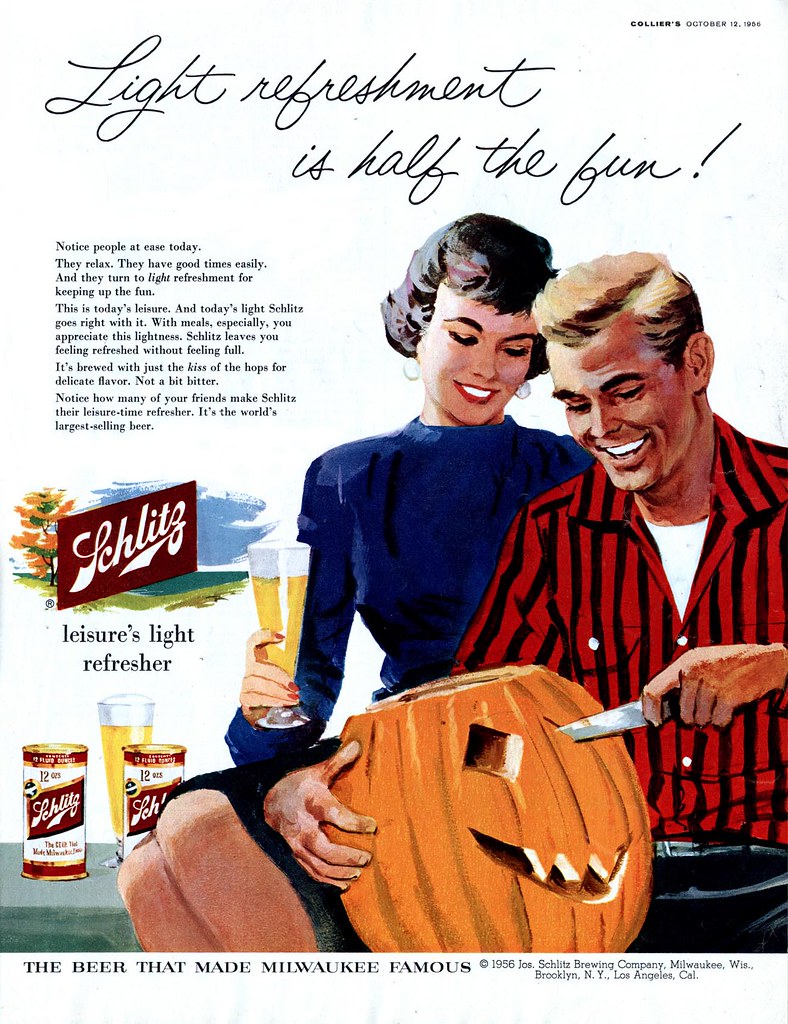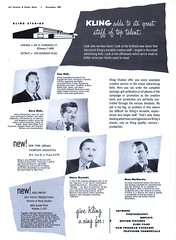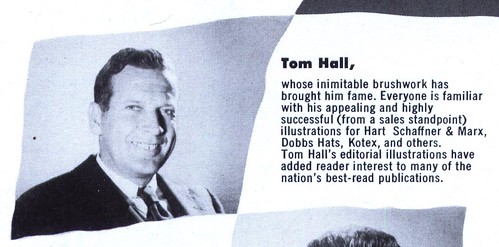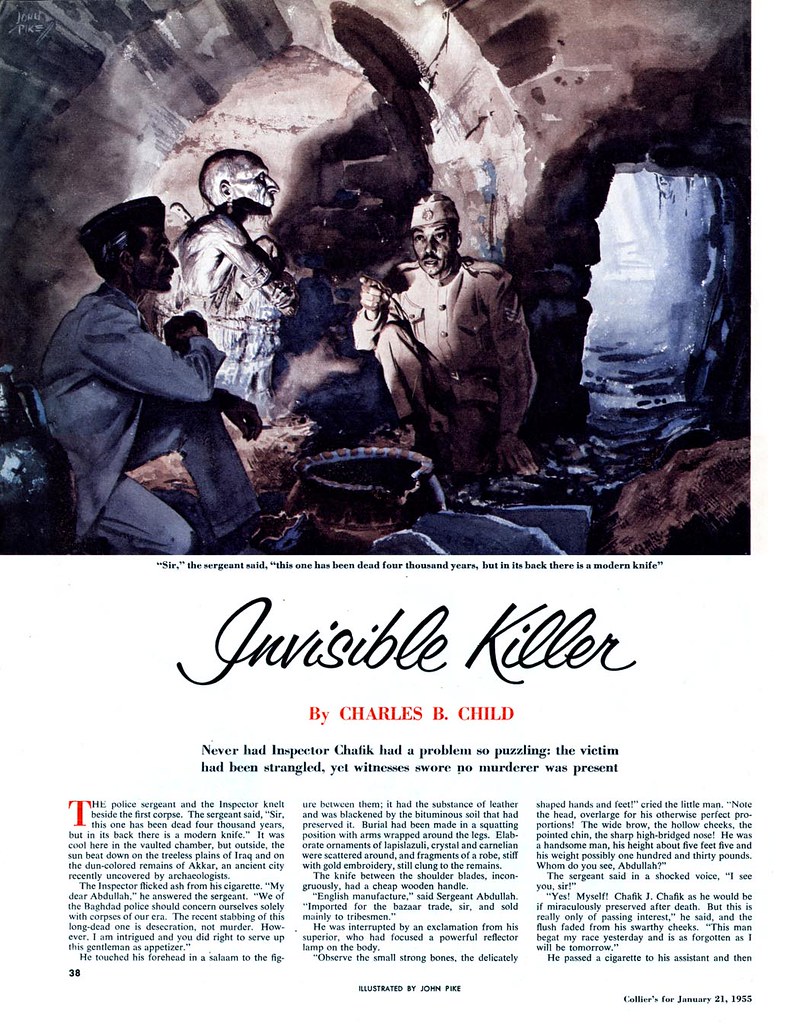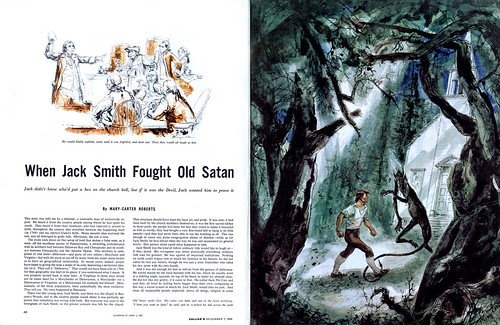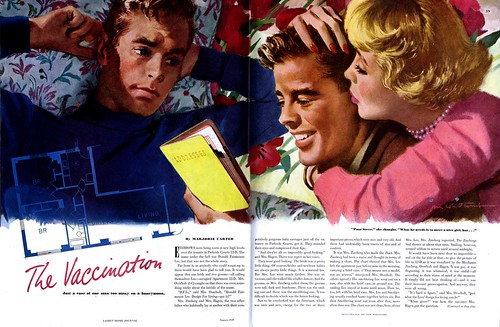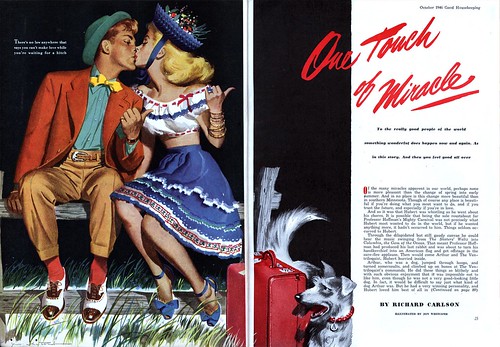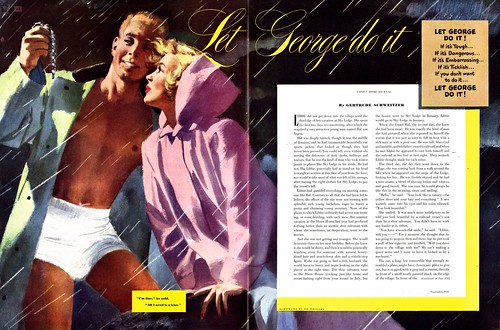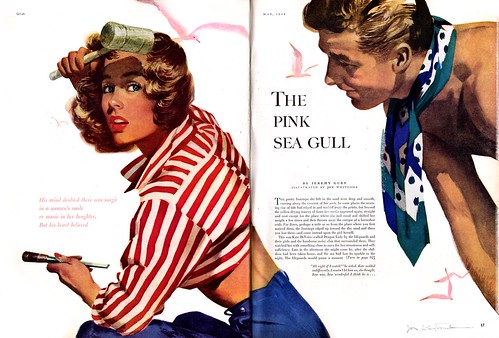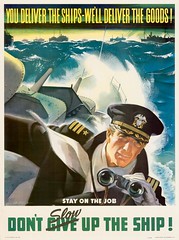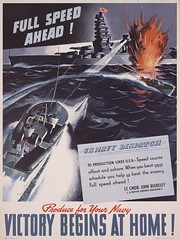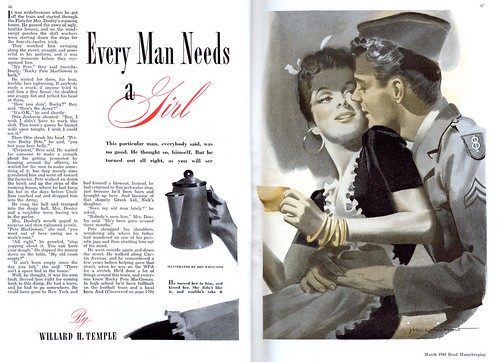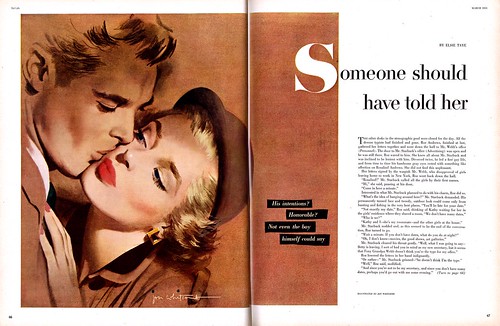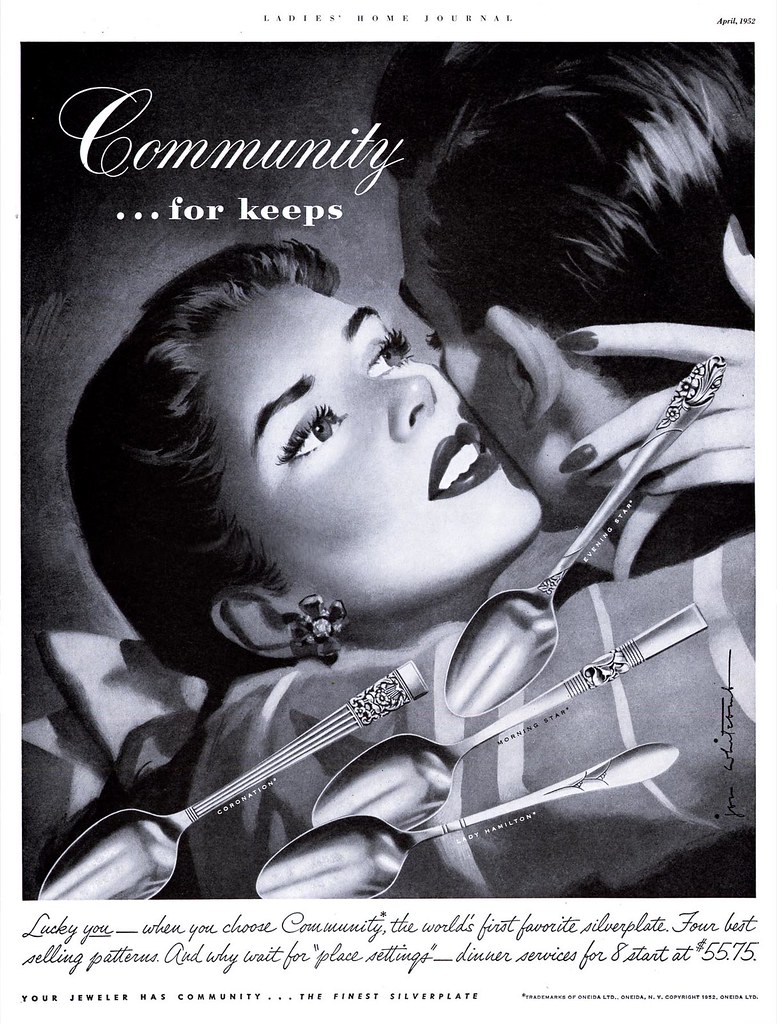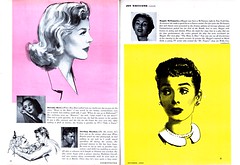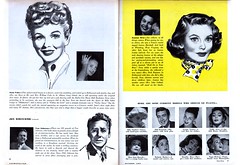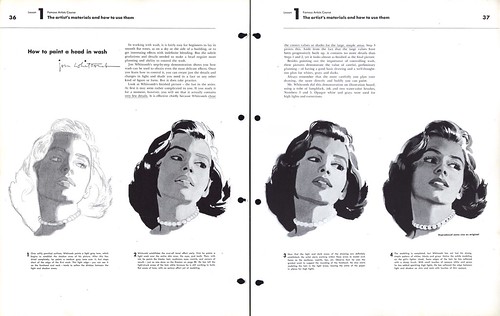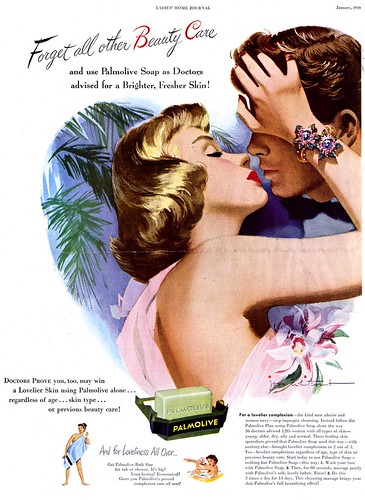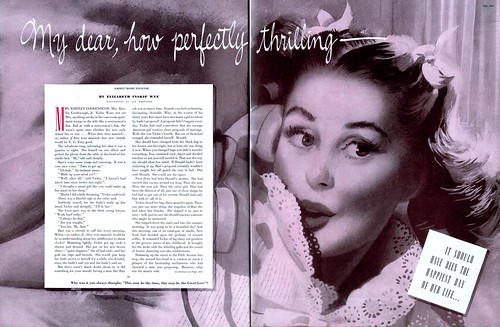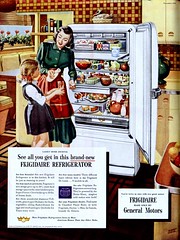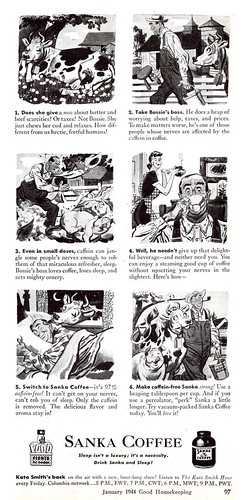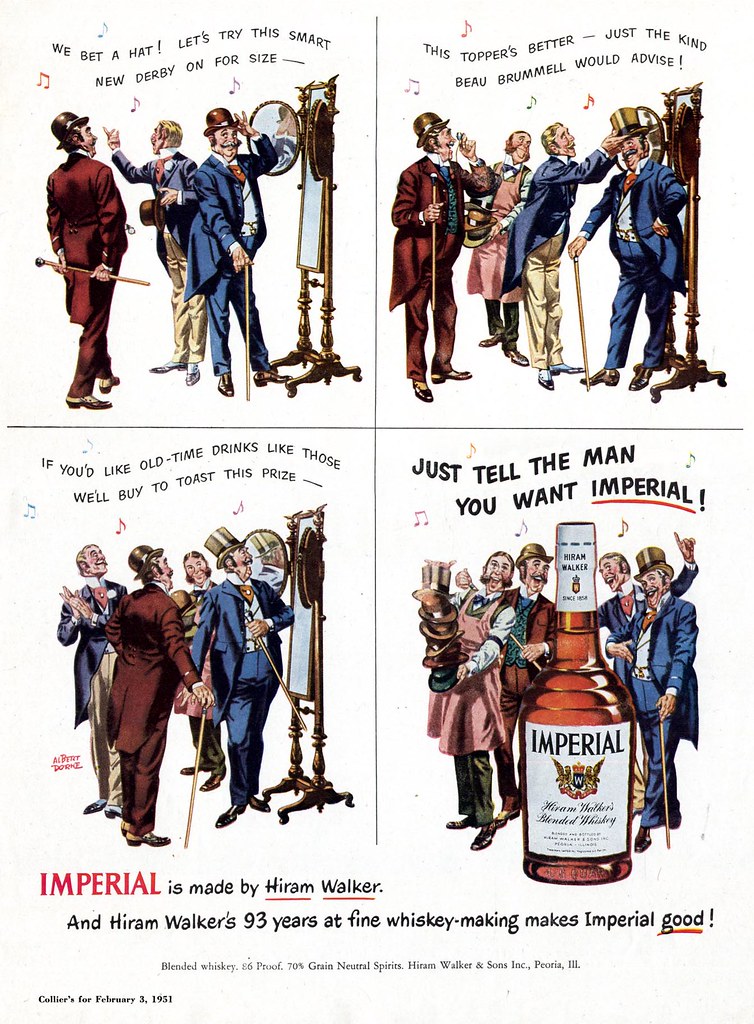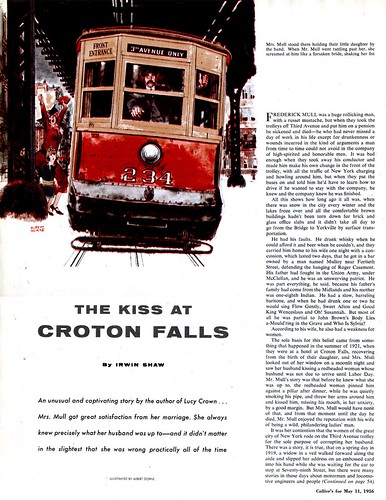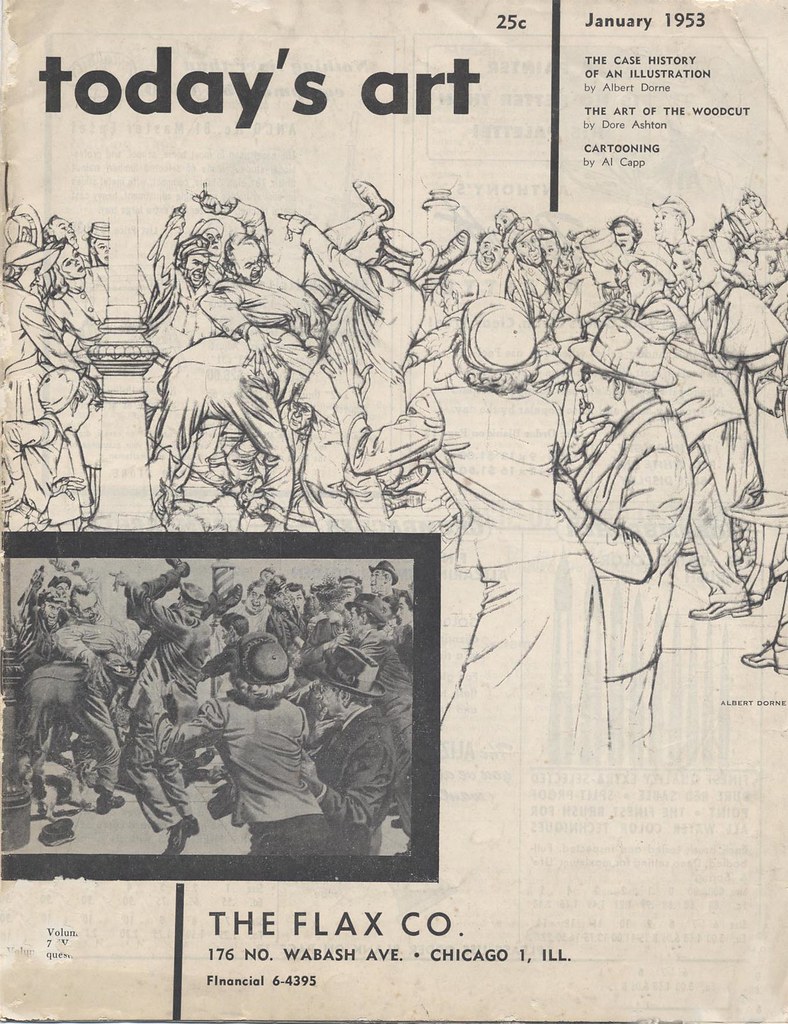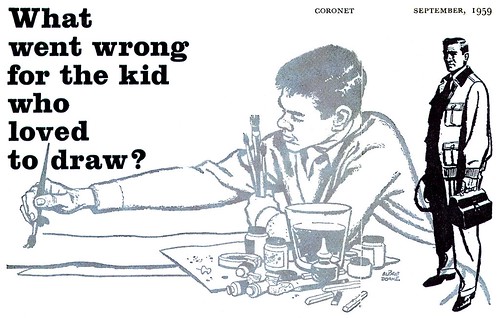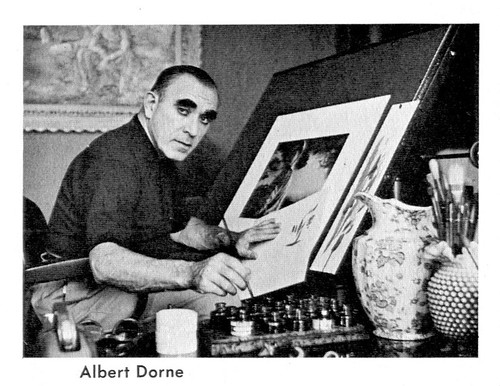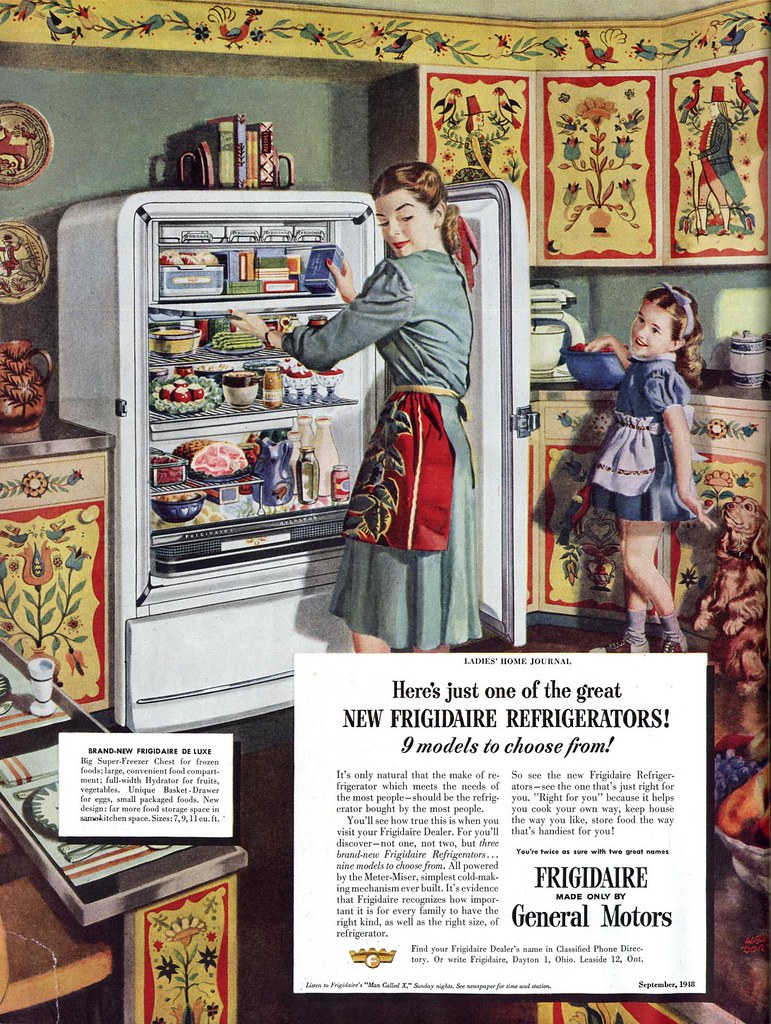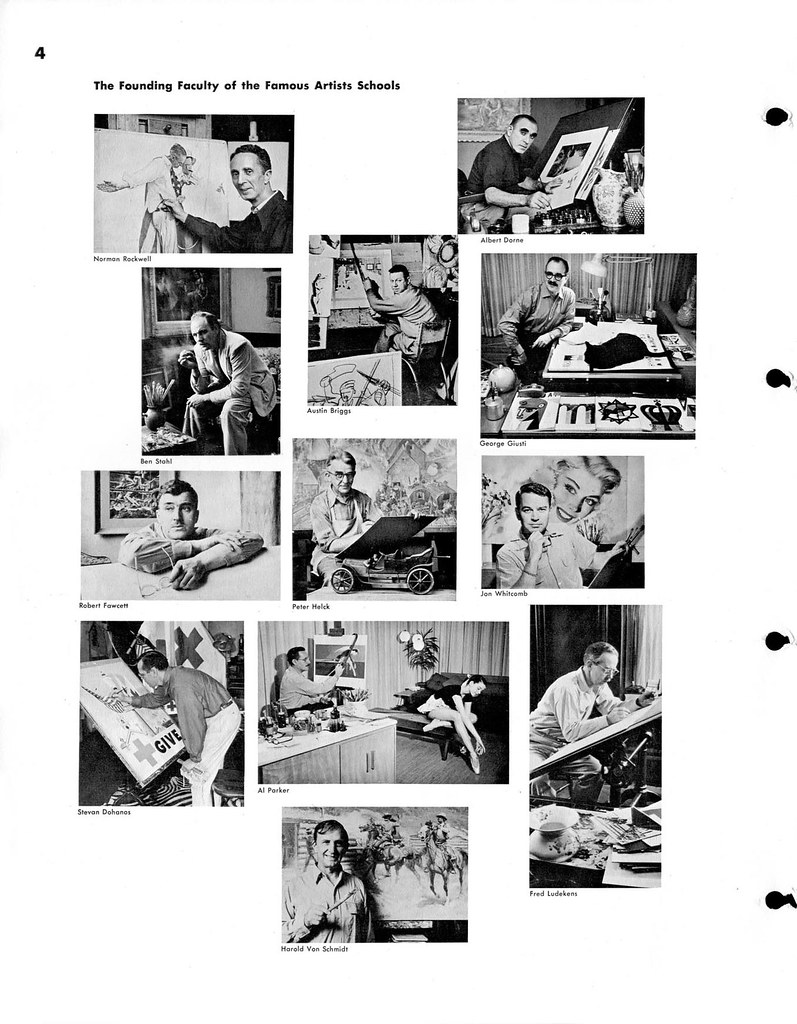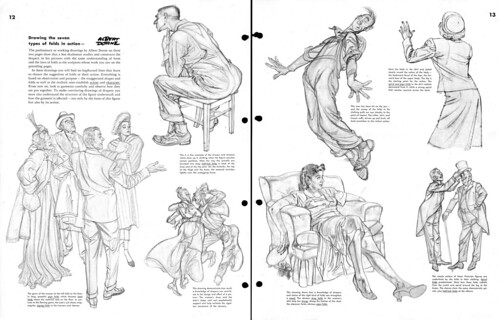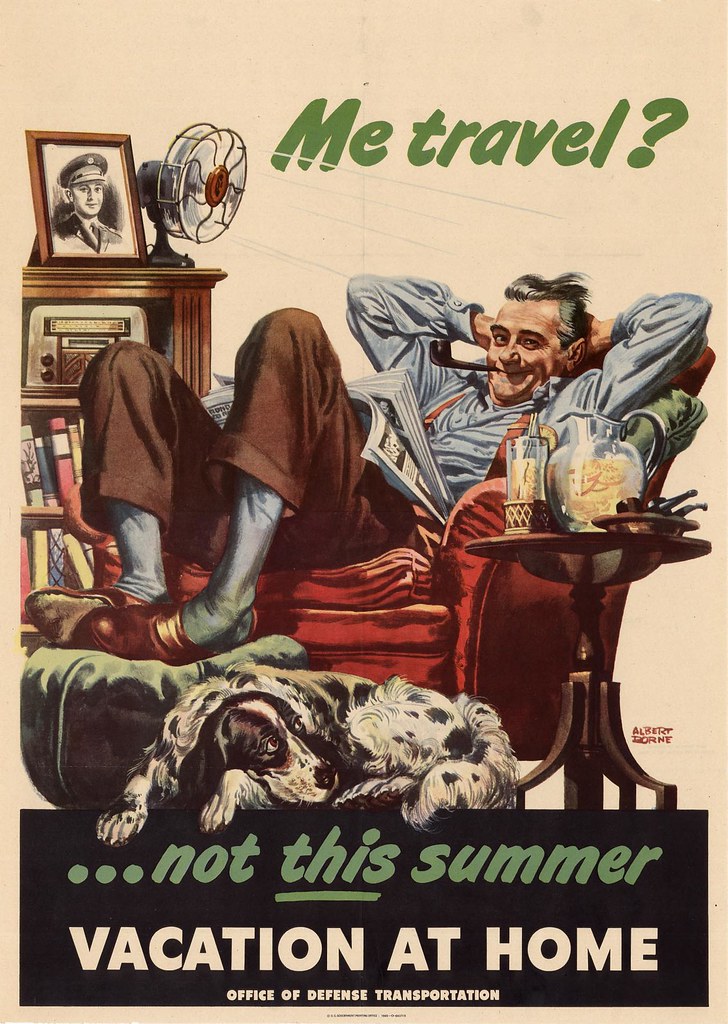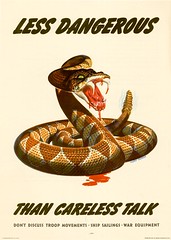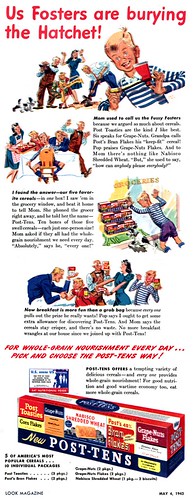 ...apparently, back in the 50's, moms were handing out full size Baby Ruths and Butter Fingers! Dang! I knew I was born in the wrong era. Not to mention the wrong country... we never had Baby Ruths or Butter Fingers up here in Canada - we just saw the commercials beamed up from nearby Buffalo, New York during our Saturday morning cartoons. Zagnuts, Almond Joys, Hundred Grand bars; how we Canadian kids coveted them, all so near yet so impossibly far away...
...apparently, back in the 50's, moms were handing out full size Baby Ruths and Butter Fingers! Dang! I knew I was born in the wrong era. Not to mention the wrong country... we never had Baby Ruths or Butter Fingers up here in Canada - we just saw the commercials beamed up from nearby Buffalo, New York during our Saturday morning cartoons. Zagnuts, Almond Joys, Hundred Grand bars; how we Canadian kids coveted them, all so near yet so impossibly far away...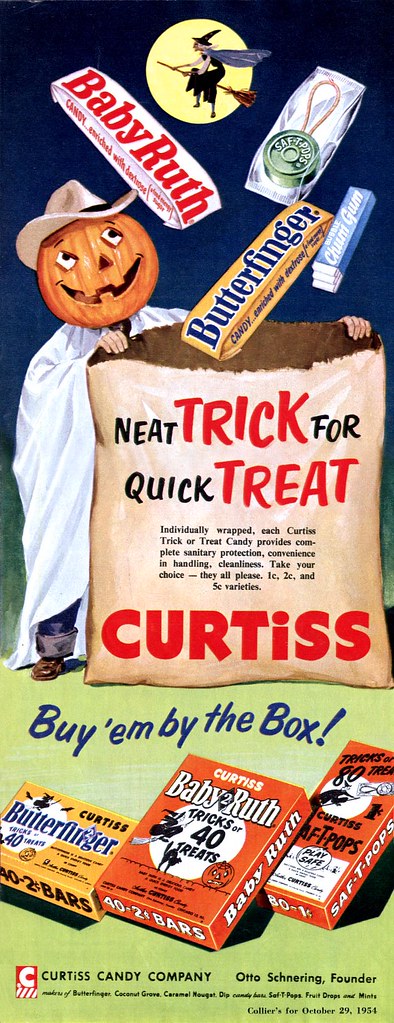 The other cool thing about Hallowe'en in the 50's: no expensive and uncreative licensed character costumes. All you needed was to cut a hole in one of mom's best bedsheets and to jam a hollowed-out pumpkin on your head and you were good to go. Sure, the smell in there must have been pretty funky but that's a small price to pay for full size chocolate bars (and a helluva lot better than wearing your old red sleeper with the ridiculous rabbit ears).
The other cool thing about Hallowe'en in the 50's: no expensive and uncreative licensed character costumes. All you needed was to cut a hole in one of mom's best bedsheets and to jam a hollowed-out pumpkin on your head and you were good to go. Sure, the smell in there must have been pretty funky but that's a small price to pay for full size chocolate bars (and a helluva lot better than wearing your old red sleeper with the ridiculous rabbit ears).You'll find all of this year's (and all of last year's) Hallowe'en illustrations at full size in my Retro Hallowe'en Flickr set.
